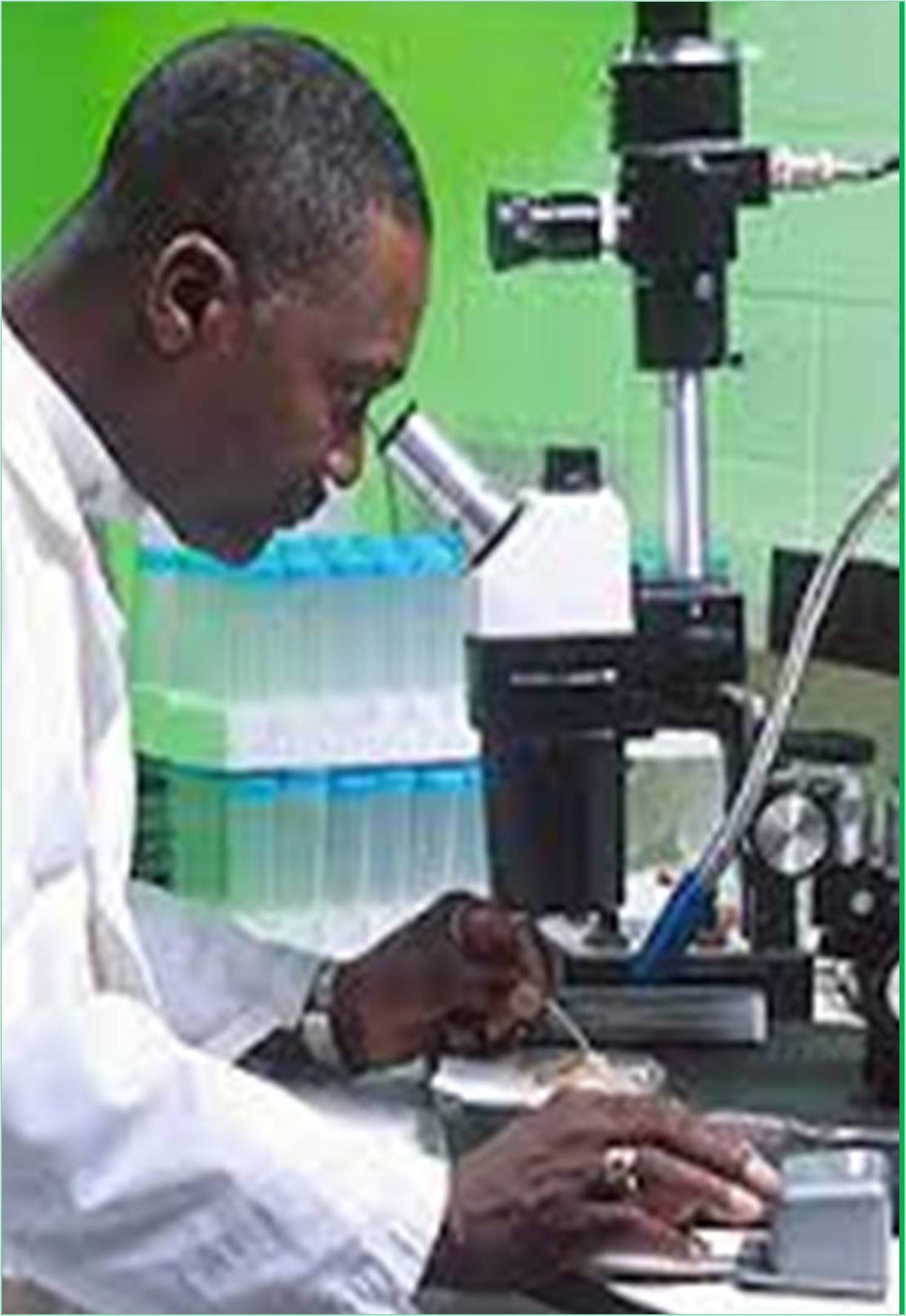



Received: 28-Jan-2022, Manuscript No. GJMR-22-59719; Editor assigned: 31-Jan-2022, Pre QC No. GJMR-22-59719(PQ); Reviewed: 14-Feb-2022, QC No. GJMR-22-59719; Revised: 21-Feb-2022, Manuscript No. GJMR-22-59719(R); Published: 28-Feb-2022, DOI: 10.15651/GJMR.22.10.411
Bacteria are microscopic, single-celled organisms that exist in their millions, in every environment, both outside and inside other organisms. Some bacteria are harmful, however, must serve a useful purpose. They support many types of life, both plant, and animal, and they may be used in industrial and medicinal procedures. Bacteria are thought to have been the first organisms to appear on earth, about four billion years ago. The oldest known fossils are of bacteria- like organisms. Bacteria can use most organic and inorganic compounds as food, and some can survive extreme conditions. A developing interest in the function of the gut microbiome is shedding new light on the roles bacteria play in human health.
There are many distinctive kinds of bacteria (Allegranzi, 2011). One way of classifying them is by shape. There are 3 fundamental shapes, spherical, sod-shaped, and spiral. There are many variations within each shape group. Bacterial cells are unique from plant and animal cells. Bacteria are prokaryotes, which mean they have no nucleus. A bacterial cell includes capsule, cell wall, plasma membrane cytoplasm, DNA, ribosomes, flagellum, and pilifeeding.
Heterotrophic bacteria, or heterotrophs, get their energy through consuming organic carbon. Most absorb dead organic material, including decomposing flesh. Some of those parasitic bacteria kill their host, at the same time as others help them. Bacteria that use photosynthesis are known as photoautotrophs. Some kinds, for example, cyanobacteria, produce oxygen. These likely played an important function in creating the oxygen in the earth’s atmosphere. Others, including heliobacteria, do not produce oxygen. Those that use chemosynthesis are known as chemoautotrophs (Arumugam, 2011). These bacteria are typically found in ocean vents and in the roots of legumes, which include alfalfa, clover, peas, beans, lentils, and peanuts.
Bacteria can be found in soil, water, plants, animals, radioactive waste, deep in the earth’s crust, arctic ice and glaciers, and hot springs. Aerobes, or aerobic bacteria, can only grow in which there is oxygen. Some types can cause trouble for the human environment, including corrosion, fouling, issues with water clarity, and bad smells. Anaerobes, or anaerobic bacteria, can only grow in which there is no oxygen. In human beings, that is usually in the gastrointestinal tract. They can also cause gas, gangrene, tetanus, botulism, and most dental infections (Barer, 2004). Facultative anaerobes, or facultative anaerobic bacteria, can stay both without or with oxygen, however, they prefer environments in which there may be oxygen. They are often found in soil, water, vegetation, and some ordinary flora of human beings and animals. Examples include Salmonella (Butler-Wu, 2011). Mesophiles, or mesophilic bacteria, are the bacteria responsible for most human infections. They thrive in mild temperatures, around 37°C. This is the temperature of the human body. Deep in the ocean, bacteria stay in total darkness by thermal vents, in which both temperature and pressure are high. They make their own food through oxidizing sulfur that comes from deep inside the earth.
Bacteria are often thought of as bad, however many are helpful. We would not exist without them. The oxygen we breathe was likely created through the activity of bacteria. Many of the bacteria in the body play an essential role in human survival. Bacteria in the diges tive system break down nutrients, including complex sugars, into forms the body can use. Non-hazardous bacteria additionally help prevent diseases by occupying places that the pathogenic, or disease-causing, bacteria want to attach to. Some bacteria shield us from disease by attacking pathogens (Edmiston, 2002). Bacteria absorb nitrogen and release it for plant use when they die. Plants need nitrogen in the soil to stay, however, they can’t do those themselves. To ensure this, many plant seeds have a small container of bacteria this is used when the plant sprouts.
Lactic acid bacteria, such as Lactobacillus and Lactococcus collectively with yeast and molds, or fungi, are used to prepare foods such as cheese, soy sauce, and natto (fermented soybeans), vinegar, yogurt, and pickles. Fermentation is beneficial for retaining foods, however, some of those foods may also provide health benefits. For example, some fermented foods contain types of bacteria that are similar to those linked with gastrointestinal health. Some fermentation methods result in new compounds, such as lactic acid, which appear to have an anti-inflammatory effect.
Bacteria can break down organic compounds. This is beneficial for activities such as waste processing and cleaning up oil spills and toxic waste. The pharmaceutical and chemical industries use bacteria in the manufacturing of certain chemicals. Bacteria are used in molecular biology, biochemistry, and genetic research because they could develop quickly and are relatively easy to manipulate. Scientists use bacteria to study how genes and enzymes work. Bacteria are needed to make antibiotics (Mukamolova, 2003).